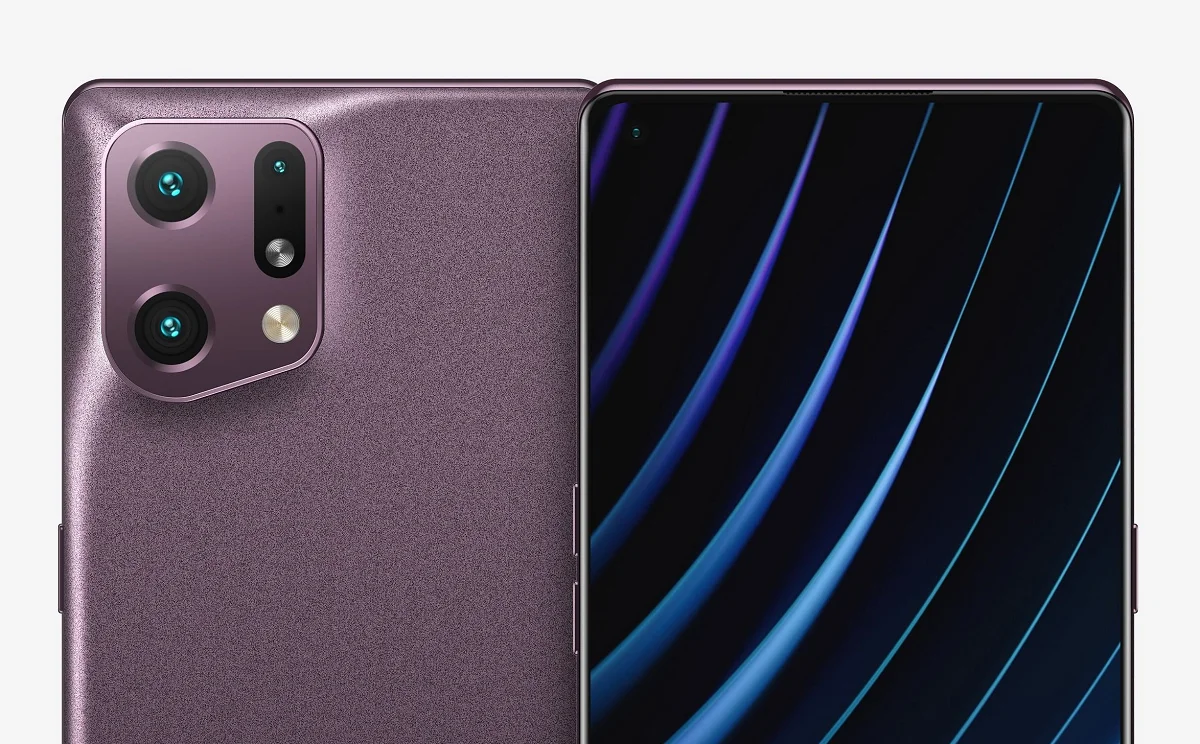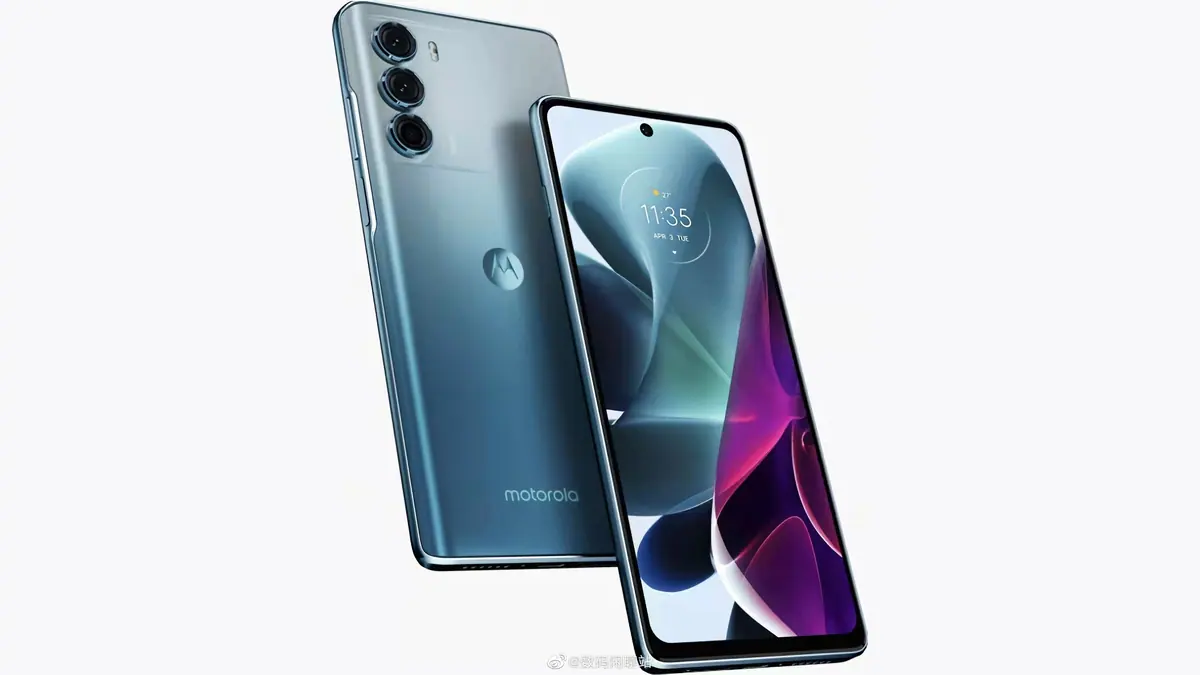From my own experience and discussions on the network channel 24 If you’re happy with Windows 10 and don’t like the changes, we’ve compiled a list of 10 reasons not to upgrade to Windows 11, and you should prepare for them as there are many differences.
1. You will probably need to buy a new computer
Since the release of Windows 11, most of the controversy and criticism has fallen on the hardware requirements side. The need for the TPM 2.0 security chip was immediately eliminated by the millions of computers that could not officially claim Windows 11.
Also, you cannot officially install Windows 11 if your computer is still running a 32-bit processor. The system only works on 64-bit Intel/AMD and Arm chips.
So if you still want to upgrade to Windows 11, you will most likely need to find a new, modern PC that will meet all system requirements.
2. Windows 10 taskbar is better
Windows 10 allows you to display larger and more informative taskbar buttons and place the taskbar at the side or top of the screen as well as at the bottom, which is very important for some users. Windows 11 has neither.
If you use the standard center alignment in Windows 11, the positions of the icons, even the Start button, change when you open and close programs. Fortunately, you can align the taskbar to the left edge, this solves the last problem, but the others remain.


You may not like the taskbar in Windows 11 / Photo by Unsplash
Another downside is that the taskbar calendar doesn’t let you add or view events the way Windows 10 does.
3. Better at “Start” in Windows 10
The new Windows 11 Start menu does not show recently installed or frequently used programs. It offers “Recommended” programs whose selection criteria are very vague, not entirely clear.
In this sense, Windows 10 was more usable and predictable. It’s not entirely clear why Microsoft decided to change this feature of the Start menu.
By the way, the icons in Wundows 11 do not show any information about applications, as the tiles in Windows 10 do. The previous OS also provides instant access to power (shutdown, restart, sleep) and settings programs.
4. Windows 11 search window is not always available
Yes, in Windows 11 you can click the taskbar icon or use Windows+S to bring up the search box, but the always active search box next to the Start menu is no longer there, which was nice.
Interestingly, the search bar has remained in Windows 10, and in recent updates Microsoft has even begun to decorate it with thematic drawings; this is rare proof that Microsoft continues to improve Windows 10.
5. Windows 10 on a tablet is better than Windows 11
Although Microsoft claims to have perfected Windows 11 for tablets, this is not entirely true. In Windows 10, swiping left and right opens a very useful task view and Action Center (another incredibly useful feature that disappeared in Windows 11).


A tablet on Windows 10 is better than a Windows 11 / Unsplash photo
You can close an app by swiping down from the top of the screen and apps default to fullscreen mode, which makes sense on a tablet.
Windows 11 introduces brand new gestures that require multiple fingers. While they might look more like Apple, there are doubts that such a move could draw iPad users to the Surface Go.
6. Windows 11 requires registration with a Microsoft account
You won’t find a single Mac user who doesn’t use an Apple account, let alone a Chromebook or Android user who isn’t signed in to a Google account on the device. But some Windows users definitely don’t want to sign up or sign in to an account on their computer.
If you’re one of those people, you have a reason not to upgrade to Windows 11. At least to the home version. The Pro version does not have this requirement, but it looks like it will go away in the future.
For the home version, you only need to sign in to your account during setup. Then you can choose a local account to use your computer normally. As with other operating systems, signing in with a Microsoft account provides benefits such as OneDrive backups, Store apps, Xbox games, Microsoft Family parental controls, and Phone Link for using Android phone features on a computer.
7. No action center in Windows 11
Instead of a tidy, comprehensive action center for notifications and quick settings, Windows 11 distributes its functions in a confusing, somewhat illogical way, reminiscent of the cluttered notification windows you see on macOS.
In Windows 10, simply tap the speaker icon to adjust the volume, the Wi-Fi button to toggle Wi-Fi, and the battery icon to see the charging status. But in Windows 11, all these conveniences are grouped together, so tapping the volume icon opens battery and Wi-Fi options you don’t care about. So Windows 11 is less efficient and useful here.
8. The timeline has also disappeared from the system
As with all major OS updates, some features come and some go. The biggest ones leaving Windows at version 11 are Timeline, Live Tiles, and Internet Explorer. However, if you are running an older business application that requires IE, you can still run Internet Explorer mode in Microsoft Edge. However, the “Timeline” is now gone forever from the system. So, if you used it often and found it useful, you may miss this feature in Windows 11.


Timeline in Windows 10 was an extremely useful function / Photo by PCMag
9. Context menu options in Windows 11 have been greatly reduced
Infinite deep-context menus are unlikely to be appropriately called (we’re talking about a menu that opens by pressing the right mouse button). However, they are present in almost all previous versions of Windows and are absolutely functional. To use a computer running Windows for a long time, you can already memorize the desired item and select it almost blindly.
In Windows 11, you can still go to the advanced menu by selecting “Show advanced options”. So if you’re used to the old exhaustive list of options in the context menu, you have one more small reason not to upgrade to Windows 11.
10. You have 3 more years ahead of you
After all, you have nowhere to rush. If Windows 10 is right for you and you’re used to it, upgrading to Windows 11 can always have a lot of unpleasant surprises for you. So there’s no need to rush, you also have plenty of time because Microsoft will continue to support Windows 10 until October 2025.
If you are completely satisfied with Windows 10, there is no reason to upgrade. In addition, Microsoft continues to support and develop “ten” by adding new functions to the system in parallel with the development of Windows 11.
Windows 11 definitely has a number of appealing points like a revamped design and quieter system sounds. However, when migrating to a new system, you should consider all the above comments and be prepared for the fact that with a new system, the experience of using a computer will change slightly.



















